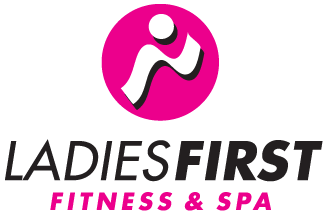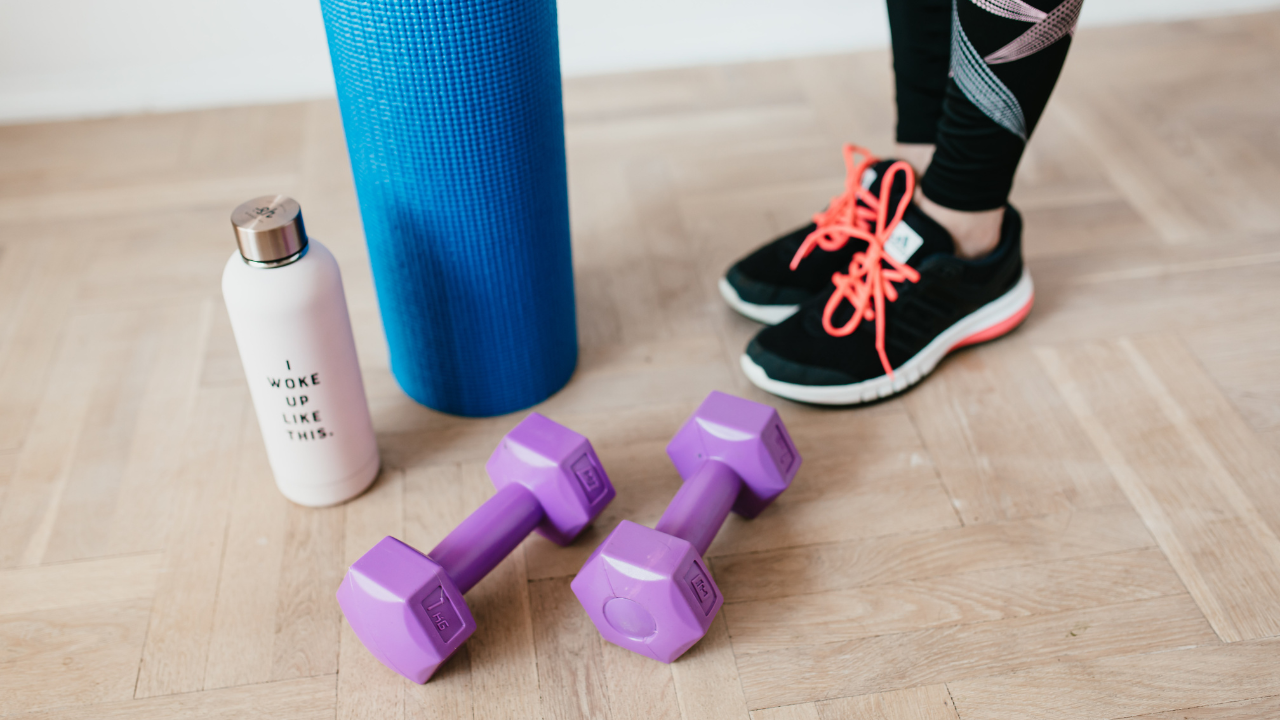Decisive Ways To Develop Healthy Habits
I’m sure most of us understand that making healthy choices will help us feel better and live longer. However, acting on this knowledge is a completely different story.
Building a new habit often seems impossible, and most of us give up at the first sign of failure. Additionally, many of us rely too heavily on things like motivation and quick fixes that are detrimental to our healthy habits in the long run.
However, it doesn’t have to be this way. All it takes is some self-evaluation, a plan, and a few other tips and tricks. Our brains have the ability to build new neural pathways in order to reinforce positive habits and make them more likely to stick.
So how exactly can you develop new healthy habits? How can you identify bad habits?
1. Identifying Your Bad Habits
The biggest key when it comes to building healthy habits is understanding your bad ones. First, we need to understand what causes bad habits.
Usually, a bad habit is caused by two things: stress and boredom. Most of the time, bad habits are simply a way of dealing with stress and boredom. Pretty much every bad habit, from biting your nails to spending too much time on the internet, can be attributed to stress or boredom.
The first step to breaking and replacing a bad habit is to identify it and understand why it came about. While there are many obvious bad habits, such as smoking and excessive drinking, there are also many bad habits that are less obvious.
This includes sitting all day, getting too little sleep, or even not having an outlet for stress. After you identify your bad habits, you should start looking for what caused it.
Whether it was simply for the sake of convenience or maybe something a little deeper, recognizing the cause of a bad habit is crucial when it comes to breaking it.
Usually, a bad habit is caused by two things: stress and boredom. Most of the time, bad habits are simply a way of dealing with stress and boredom. Pretty much every bad habit, from biting your nails to spending too much time on the internet, can be attributed to stress or boredom.
The first step to breaking and replacing a bad habit is to identify it and understand why it came about. While there are many obvious bad habits, such as smoking and excessive drinking, there are also many bad habits that are less obvious.
This includes sitting all day, getting too little sleep, or even not having an outlet for stress. After you identify your bad habits, you should start looking for what caused it.
Whether it was simply for the sake of convenience or maybe something a little deeper, recognizing the cause of a bad habit is crucial when it comes to breaking it.
2. Replacing Your Bad Habits
Instead of “eliminating” your bad habits, you should focus on replacing them with positive ones. All of the habits that you have right now — good or bad — are in your life for a reason. In some way, these behaviors provide a benefit to you, even if they are bad for you in other ways.
This is one of the reasons it’s so hard to break bad habits. They are comfortable, familiar, and often provide some sort of benefit. Instead, you need to replace a bad habit with a new habit that provides a similar benefit.
For example, if you smoke in order to relieve stress simply saying to yourself “I am going to quit smoking” probably won’t get you anywhere. Instead, you should come up with a different way to deal with stress and insert that new behavior instead of having a cigarette.
Whether that may be working out, reading, hanging out with friends, cooking, etc. You should aim to find a new healthy habit that can replace that need.
If you expect yourself to simply cut out bad habits without replacing them, then you’ll have certain needs that will be unmet and it’s going to be hard to stick to a routine of “just don’t do it” for very long.
So evaluate your bad habits, think about what’s causing them, and then search for new healthier habits that you can use to replace them.
3. Make Steady Changes
Now that we understand how to identify bad habits, let’s talk about some things you can do to help you replace them.
Firstly, you should always aim to make steady, small changes. While you can have a bigger goal in mind, you should focus on small, consistent victories. Not only is this beneficial for psychological reasons, but it also makes it more likely that your healthy habits will stick.
So, begin with a victory you can define and which means something to you. For example, if your goal is to lose weight or eat healthier, think about little goals you can set and achieve in your daily life.
Start out by taking the stairs whenever you have the chance or walking for a few minutes each day. Try incorporating a vegetable into every meal or put your fork down halfway through your meal and ask yourself if you are full.
Over time, what seems like baby steps produce new physiological changes in every cell of the body. By consistently winning these small victories, you are retraining your brain.
After you feel comfortable with these small changes, you can start to incorporate bigger ones. Soon enough, you will find yourself doing these new healthy habits unconsciously.
The Key Takeaway
All in all, the key to building healthy habits is to be patient, understand your bad habits, and go for the little victories. It’s okay if you falter along the way, as long as you always get back up and start again. Always remember that failure is normal and can help you learn and adapt so you can reach your goals.
We would love to be a part of your fitness journey and help you achieve your fitness goals. Contact us to view our location, services and to sign up for your complimentary 3-day pass!







